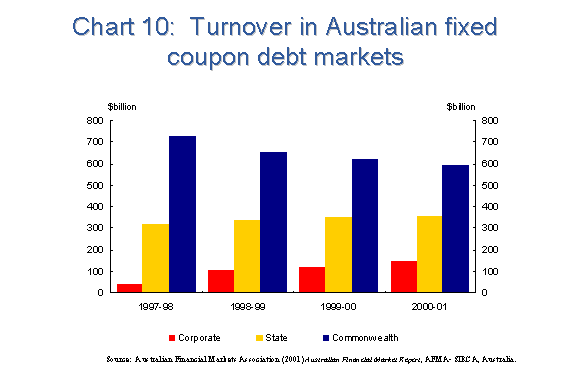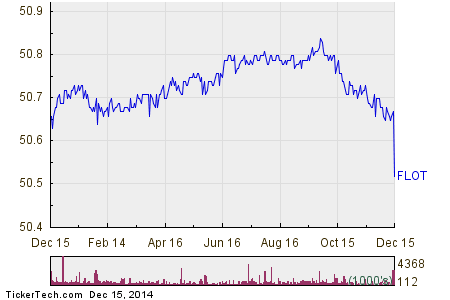What is a Floating Rate Bond
Post on: 21 Июль, 2015 No Comment

You can opt-out at any time.
Please refer to our privacy policy for contact information.
Unlike a plain-vanilla bond, which pays a fixed rate of interest, a floating rate bond has a variable rate that resets periodically. Typically, the rates are based on either the federal funds rate or LIBOR plus an added “spread.”
For instance, a rate could be quoted as “LIBOR + 0.50%;” if LIBOR stood at 1.00%, the rate would be 1.50%. While the yield changes throughout the life of the security as prevailing interest rates fluctuate, the spread (the “+0.50” in the example above) typically stays the same. The frequency at which the yield of floating rate note resets can be daily, weekly, monthly, or every three, six, or 12 months. Corporations, municipalities, and some foreign governments typically offer floating rate notes – which are sometimes called “FRNs”. The U.S. Treasury now issues floating rate notes as well — learn more about these new securities here .
How to Invest in Floating Rate Bonds
Investors can purchase individual floating rate bonds through a broker, or they can invest in mutual funds that invest only in floating rate securities. As of March 2012, three exchange-traded fund (ETFs) were available for those who sought to invest in floating rate notes: iShares Floating Rate Note Fund (ticker: FLOT) and Van Eck Market Vectors Investment Grade Floating Rate Bond ETF (ticker: FLTR), and the SPDR Barclays Capital Investment Grade Floating Rate ETF (FLRN).
Keep in mind that in the United States FRNs are typically offered by companies rated below investment grade. As a result, many floating rate funds have a similar degree of risk as high yield bonds funds – but without the high yield. Be alert to this potential risk before making any investment in a fund or individual security.
Some diversified bond mutual funds also invest in floating-rate securities. Unless the fund is specifically designated as a floating rate fund, these bonds typically make up only a small segment of the portfolio. Managers often use them as a way to protect the fund when they expect that rates are going to rise.
The Pros and Cons of Floating Rate Securities
The advantage of floating rate bonds, compared to traditional bonds, is that interest rate risk is largely removed from the equation. While an owner of a fixed-rate bond can suffer if prevailing interest rates rise, floating rate notes will pay higher yields if prevailing rates go up. As a result, they will tend to perform better than traditional bonds when interest rates are rising.

The flip side, of course, is that investors in floating rate securities will receive lower income if rates fall because their yield will adjust downward. Also, investors in individual floating rate bonds lack certainty as to the future income stream of their investments. In contrast, an owner of a fixed-rate security knows exactly what he or she will be paid through the bond’s maturity date .
What is the Best Time to Invest in Floating Rate Notes?
The best time to buy a floating rate notes is when rates are low, or have fallen quickly in a short period, and are expected to rise. Conversely, plain-vanilla bonds are more attractive when prevailing rates are high and expected to fall.
Floating rate notes are also an attractive option for investors whose primary concern is maintain a portfolio return that keeps up with the rate of inflation .
Learn more about higher-yielding investments here .














